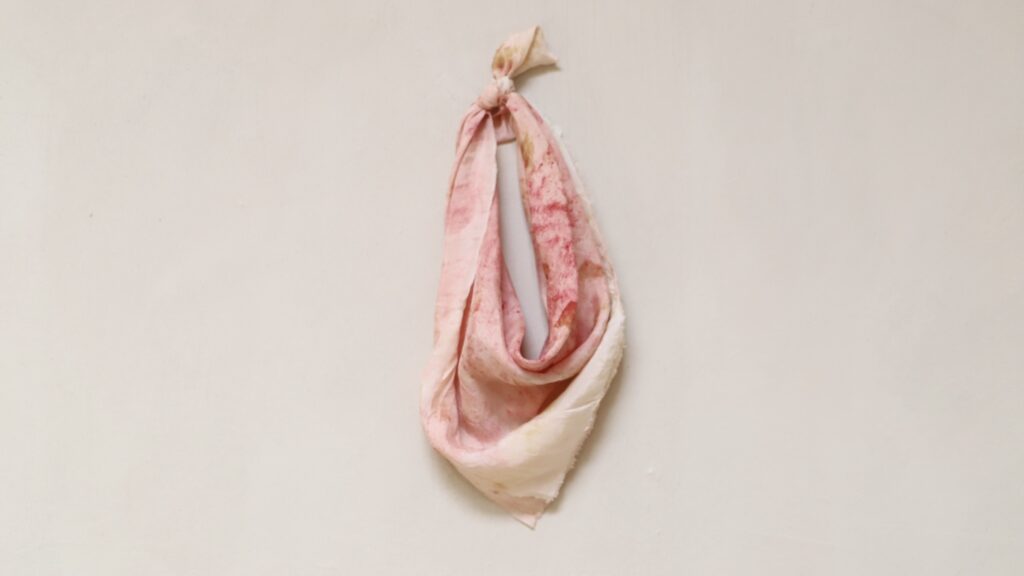
How does it work?
Eco-printing is sometimes called botanical printing, eco-dyeing, bundle-dyeing or steam bundling. Whatever you call it, it is the process of wrapping & steaming plant material onto fabric to create various beautiful patterns & prints. To eco-print, place the dye material on the fabric, fold and wrap it around a pole or tie it in a bundle & add heat. Next, you steam or submerge it in water. The heat, in combination with the mordant used, causes the colour to release & imprint the pigments on the fabric. In the process, the colours and shapes of the plant material directly transfer onto the fibre. This is commonly done with flowers, leaves, bark, branches & seeds.
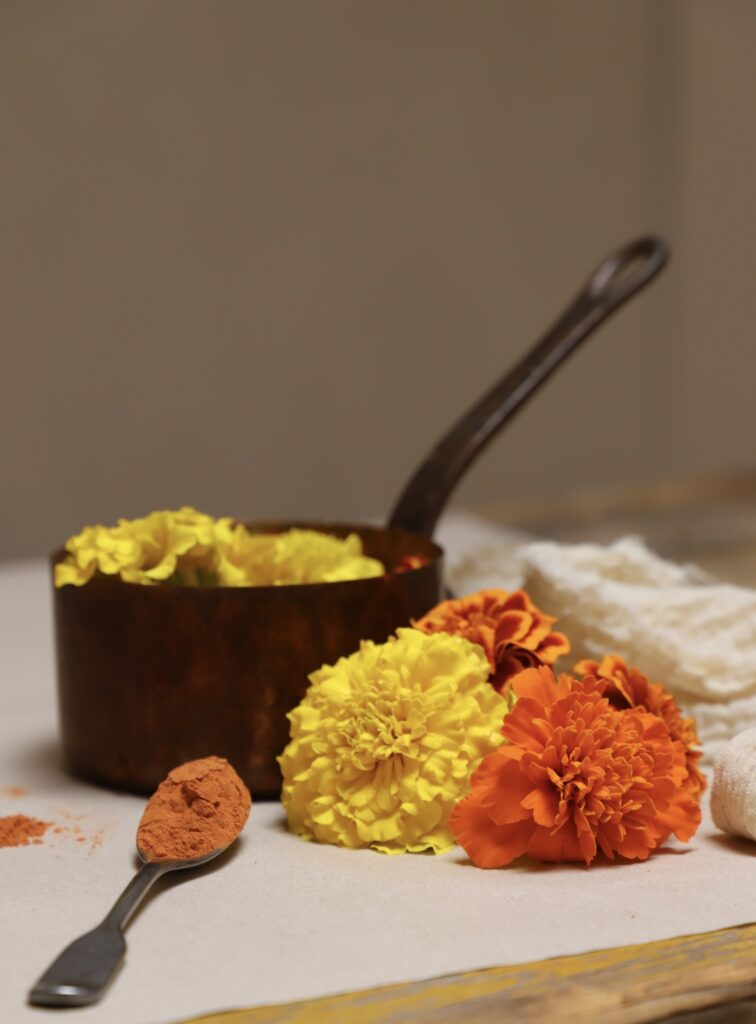
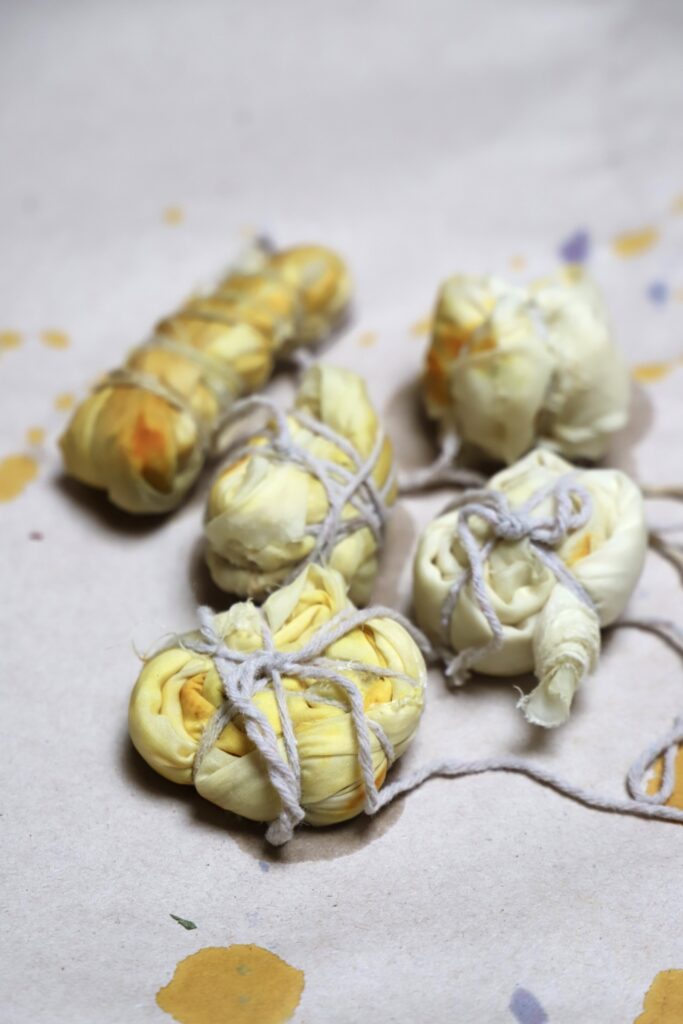
A process with mixed results
As with the origins of natural dyes, very little is known about the beginnings of eco-printing. Mentions of the process appear in texts dating back to the Middle Ages. The great Leonardo Da Vinci described his techniques for imprinting a sage leaf onto cloth.
Many students have shared their disappointment in trying this technique, and my first few attempts weren’t great. Don’t lose hope if you’ve tried this and it hasn’t worked out! After experimenting with lots of different techniques and methods, I have landed on a few simple considerations that result in beautiful prints every time.
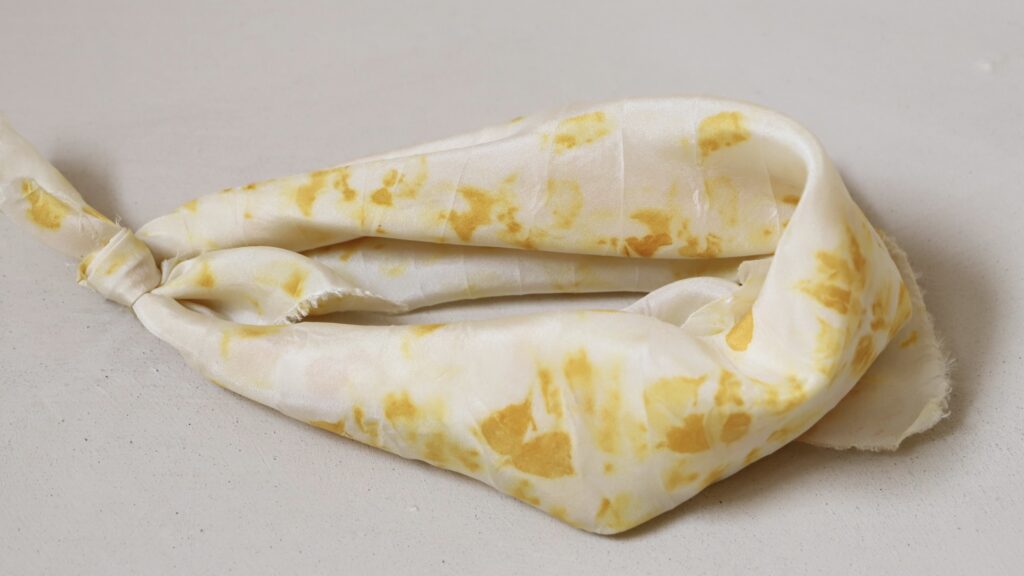
How to get the best results
This technique works best with animal fibres such as silk or wool, although I’ve had some decent results on lightweight linen. You must thoroughly scour and mordant your fabric to achieve the most vibrant colours from your dye plants. Some dyers have great results with seeds, bark & leaves; I stick to flower petals, dye powder & leaves or herbs rich in oils. I find this gives me clearer, more defined results. Here are a few important considerations to keep in mind;
- Fabric must be scoured & mordanted.
- Stick to dye sources known for their success (see the list below).
- Consider using 100% silk fabric.
- Experiment with steaming your bundles instead of submerging them in water.
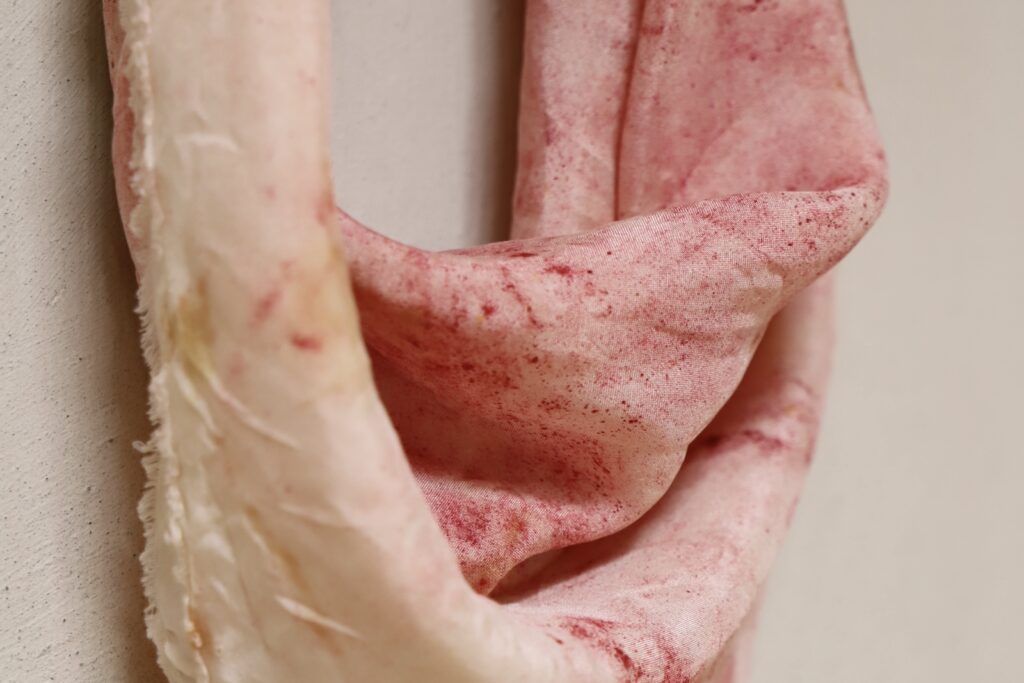
My favourite plants to eco-print with:
My favourite flowers to work with are marigolds & coreopsis. Additionally, I’ve had strong results from madder, cochineal, fresh turmeric and cutch.
- Scabiosa
- Hollyhock
- Sunflower
- Marigold
- Hibiscus
- Goldenrod
- Black-Eyed Susan
- Dyer’s Chamomile
- Hopi Red Amaranth
Eco-printing uses no chemicals, making it a far more environmentally friendly way to imprint colour and patterns onto fabric. The process is relaxing and very satisfying. Untieing your bundles after waiting patiently for them to steam is like opening a beautiful present on your birthday!
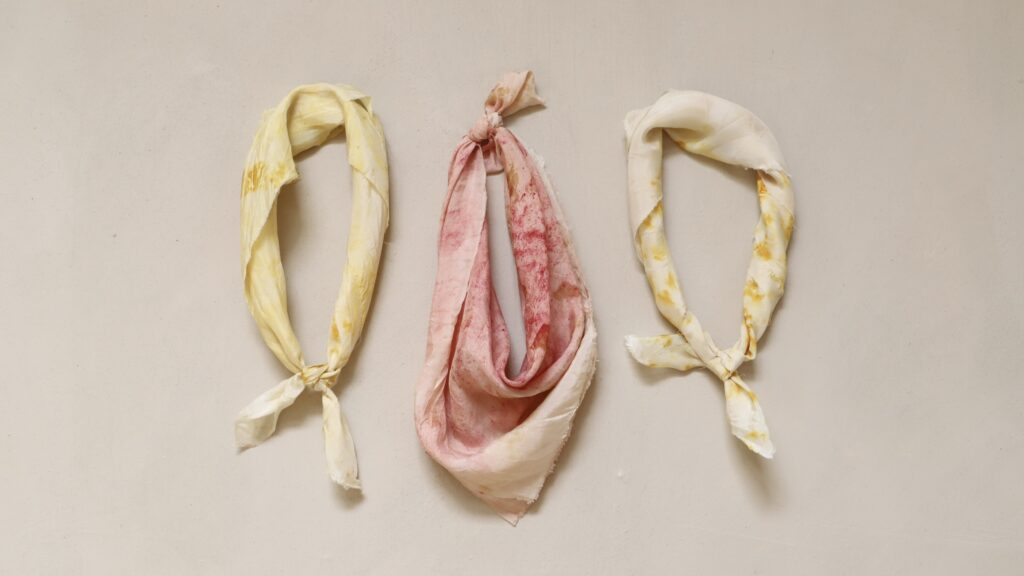
EXPAND YOUR NATURAL DYE SKILLS & DEEPEN YOUR PRACTICE
Whether experimenting with yellow hues or curious about other natural dyes, there’s so much more to discover. I’ll be re-opening enrolment for my Foundational Natural Dye Course & Coaching, where we’ll dive deep into the art and science of creating beautiful, sustainable colours from nature.
If you want to deepen your practice, this course will take you through foundational techniques of natural dyeing. Expand your craft & elevate your learning with live classes, a full natural dye curriculum & expert guidance to help you along the way. Keep an eye out for more details.
Until then, happy colour adventures!

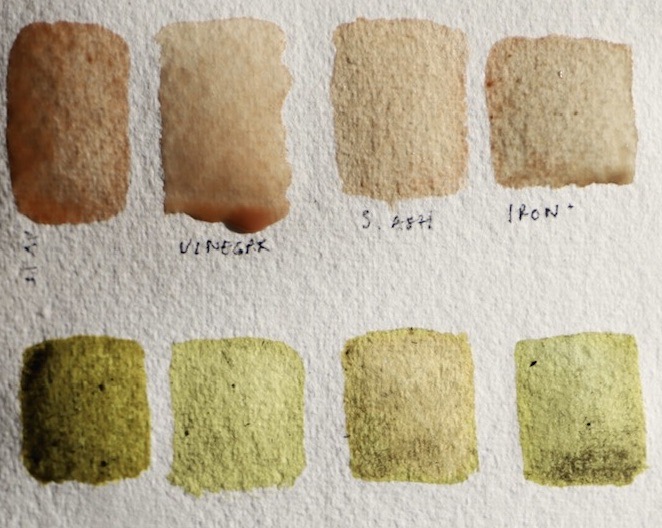
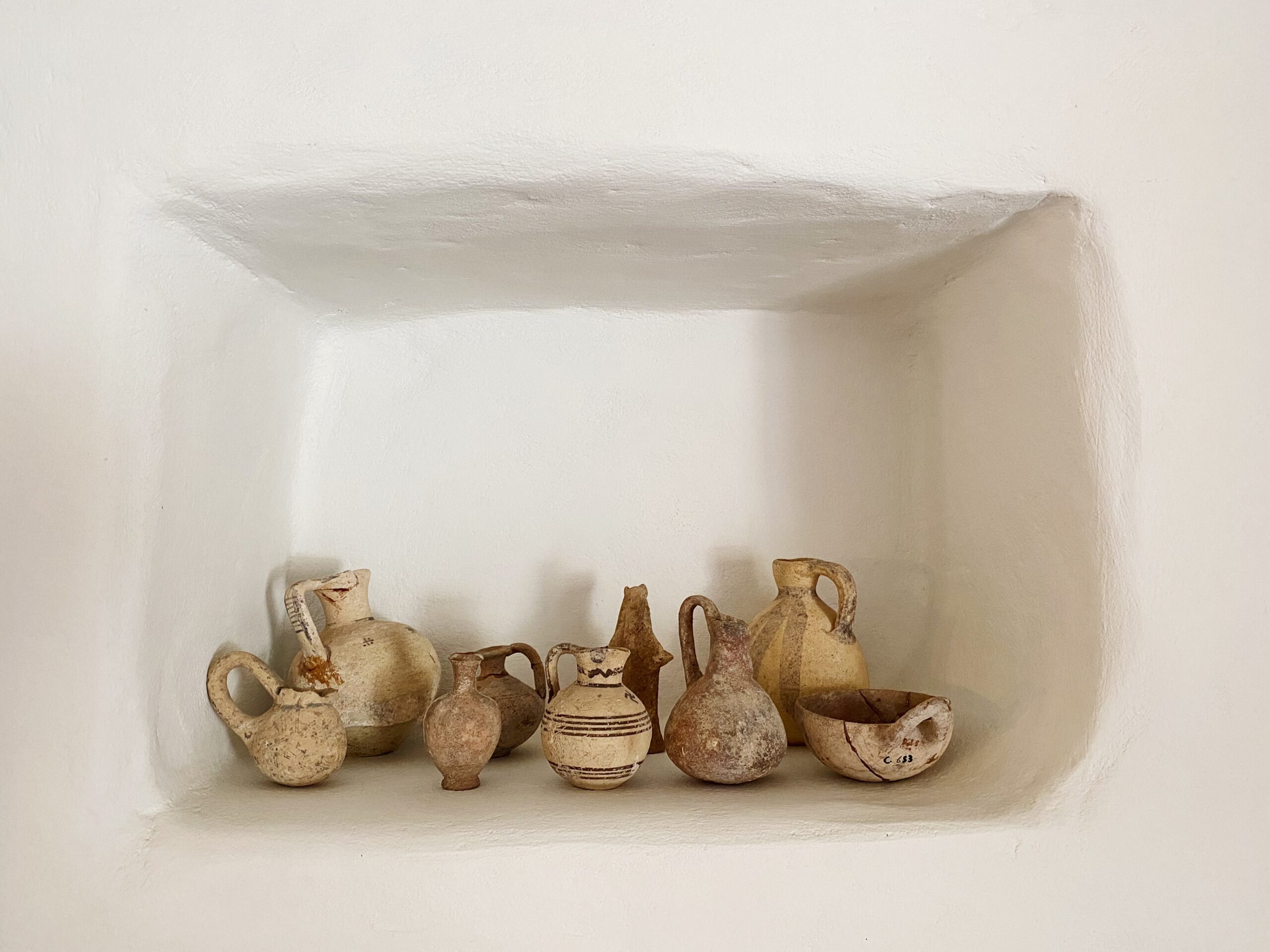
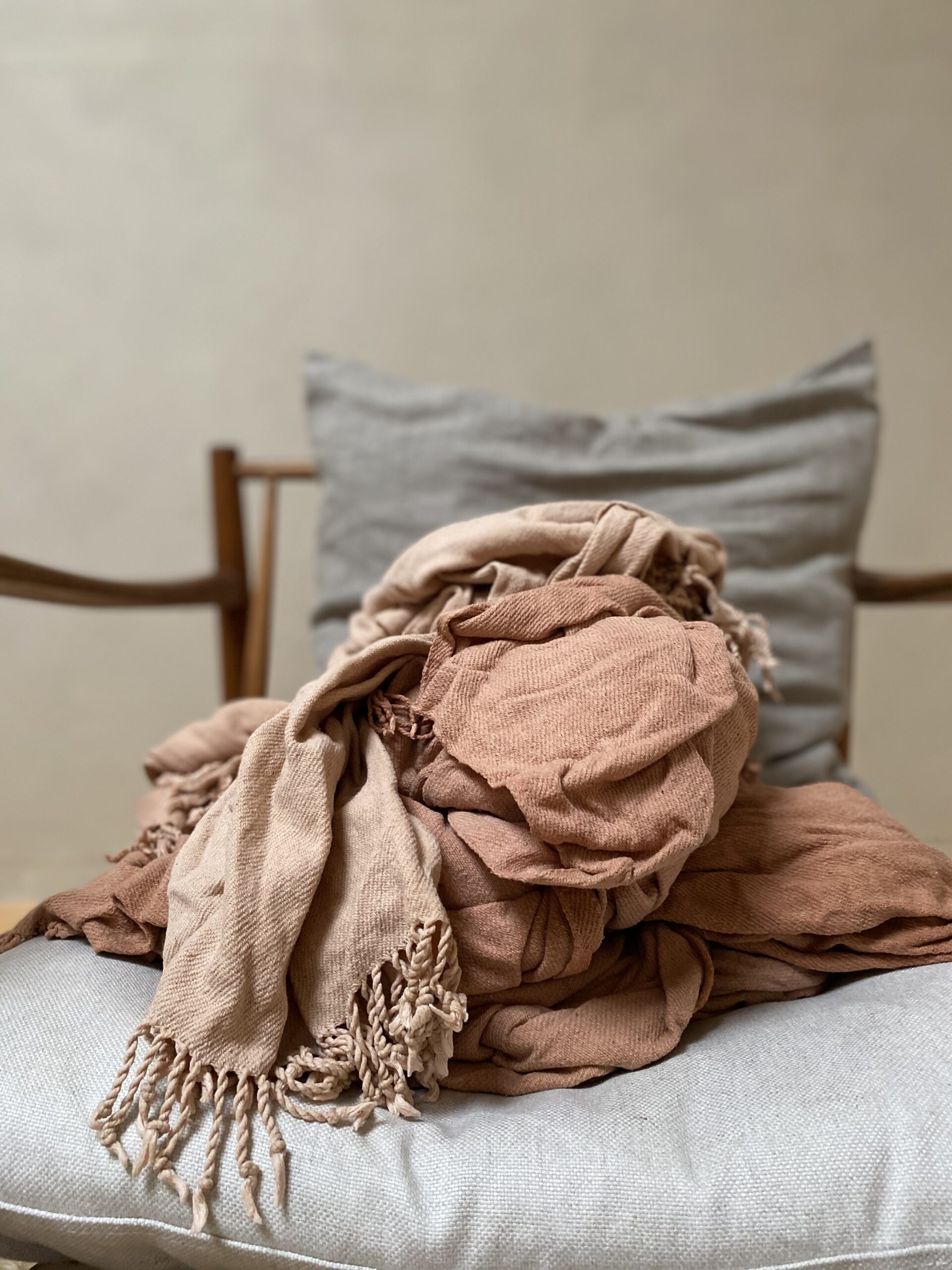
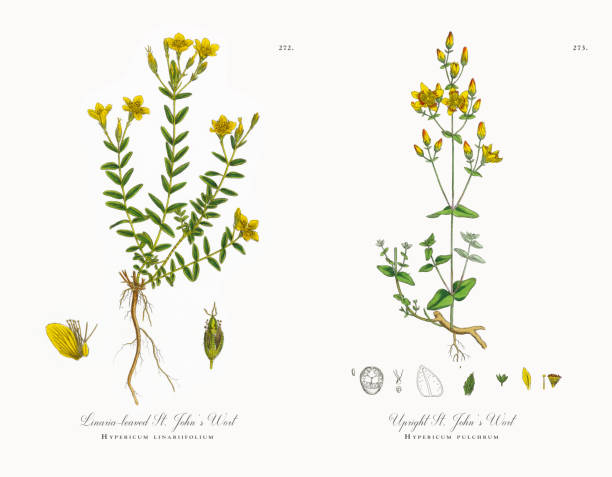
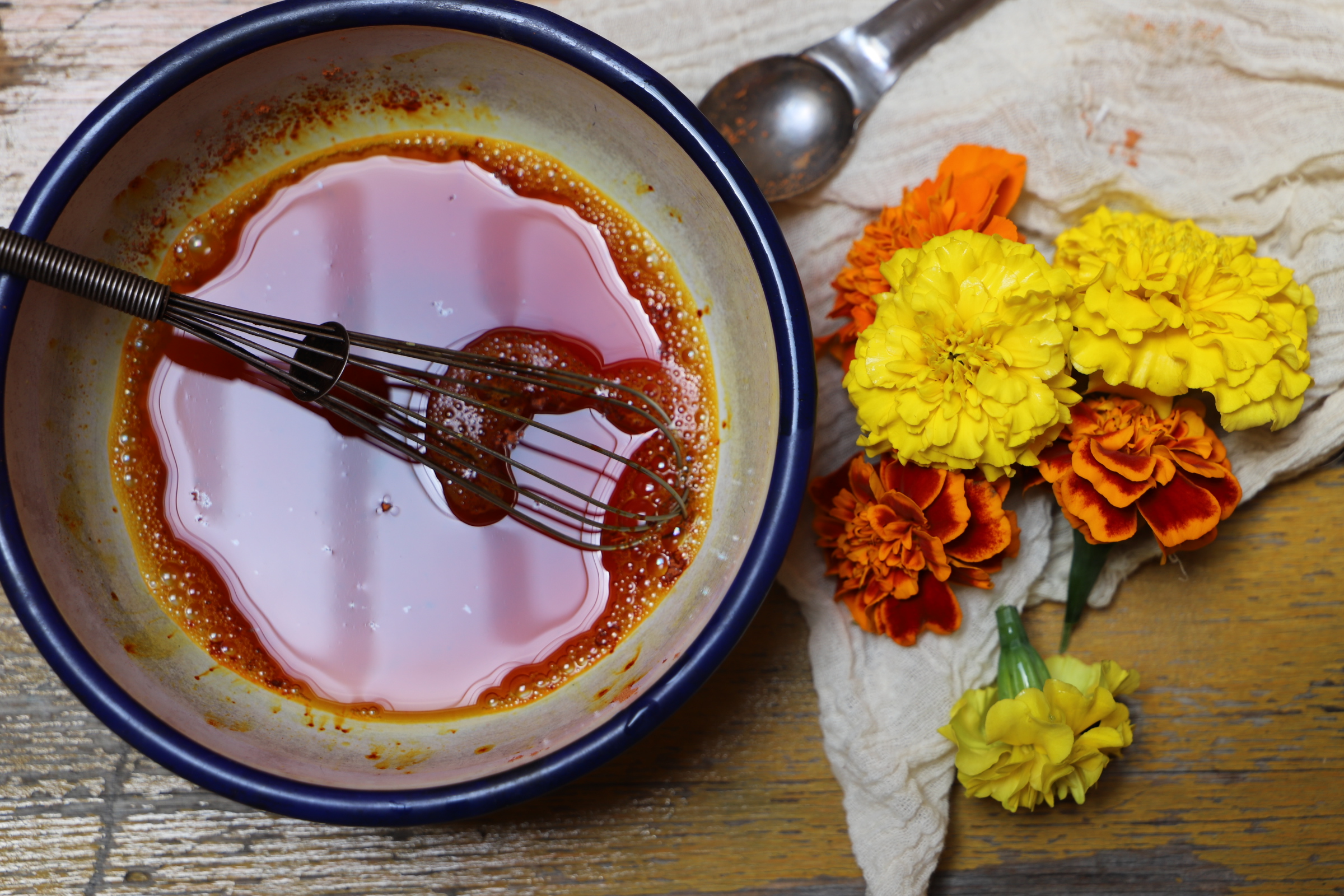
+ show Comments
- Hide Comments
add a comment